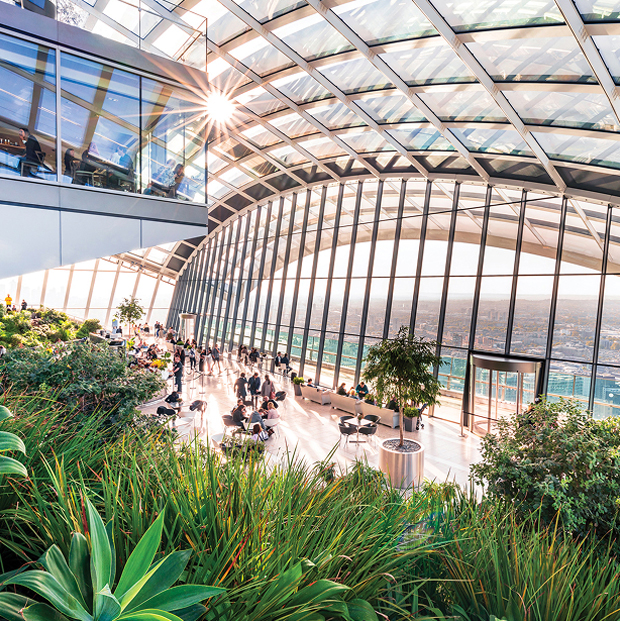
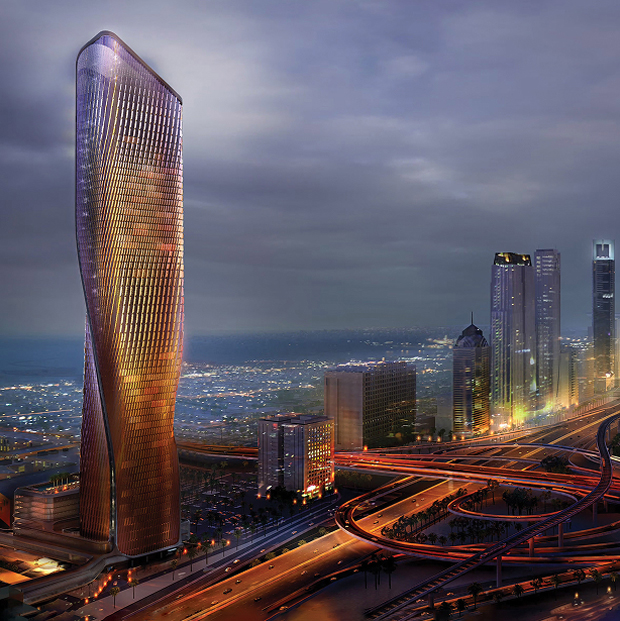
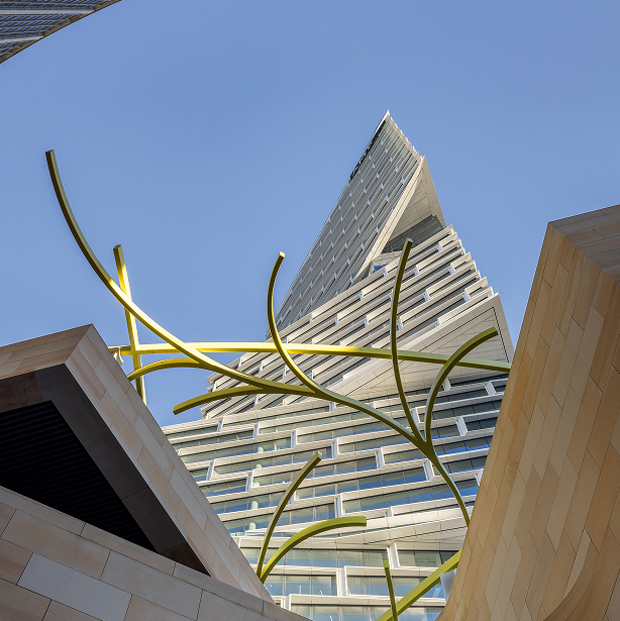
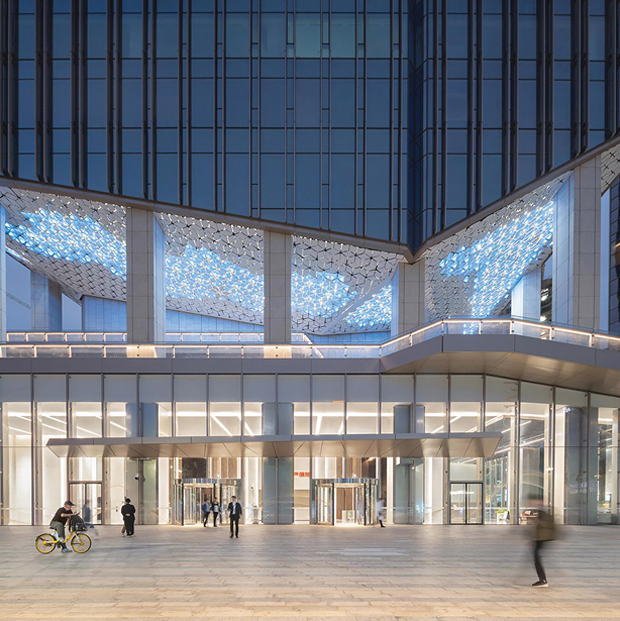
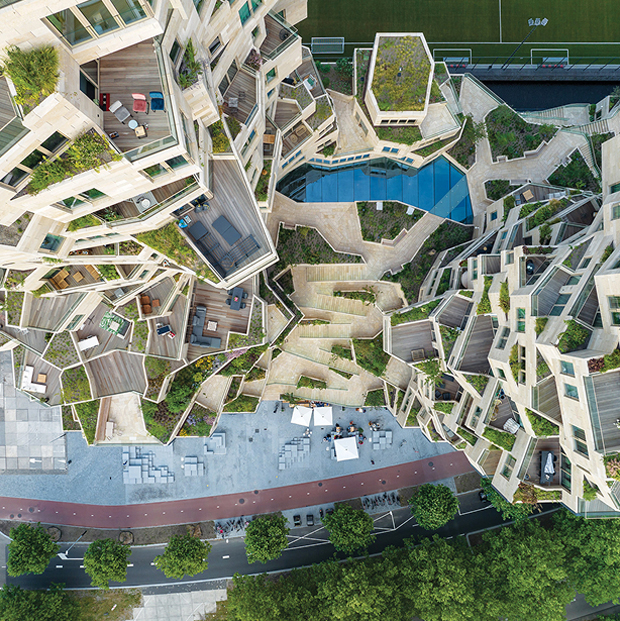

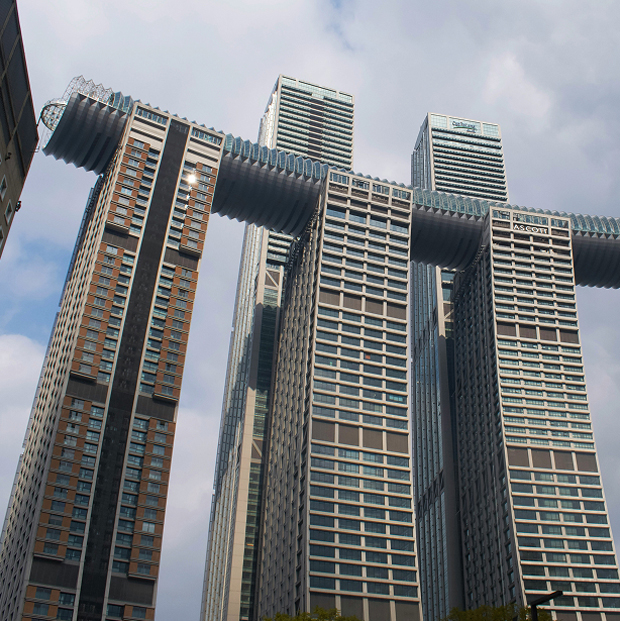
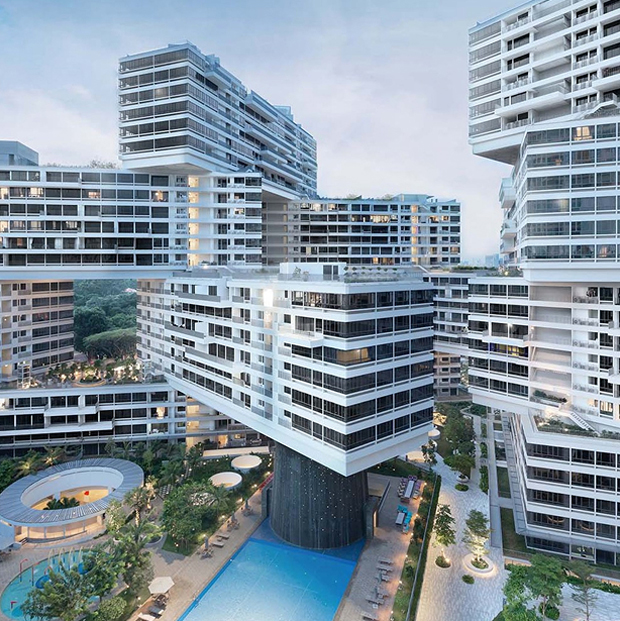
Founded in 1969, the Council on Vertical Urbanism (formerly the Council on Tall Buildings and Urban Habitat) has grown from a small, research-focused committee into a global network of over a million professionals representing the disciplines of architecture, engineering, construction, planning, real estate, infrastructure, and policy, among numerous others. With offices in Chicago, Shanghai, Toronto, and Venice—and an active presence on nearly every continent—we convene experts, publish trusted data, recognize design excellence, and advance the global discourse on cities and tall buildings.
Today, we’re entering a new chapter. As the Council on Vertical Urbanism (CVU), we're embracing a broader, more ambitious mandate: to define and steward responsible density in cities worldwide. This new identity honors and celebrates decades of thought leadership while laying the foundation for even greater impact, wider collaboration, and a more holistic vision for vertical living. Join us!
The world’s urban challenges have outgrown geographic boundaries and traditional approaches—and so has our vision. While tall buildings remain central to our mission, the name “Council on Vertical Urbanism” more accurately reflects our focus on guiding cities toward sustainable, livable, and innovative solutions to density across the globe. This change positions us to lead in a new era of creativity, collaboration, and impact at every level.
We’ve introduced a bold new name, visual identity, and point of view, but our core mission remains the same: advancing the knowledge and practice of upward growth. CVU continues to serve architects, engineers, developers, and allied professionals with the data, insights, and connections they need to shape better cities. What’s changed is the scope of our endeavor: we now look beyond buildings to the entire vertical ecosystem—and everything in between— that makes sustainable, livable urban futures possible.








To meet the challenges of tomorrow, cities must embrace these key principles:
In stark contrast to the outward, concentric growth of cities over millennia, verticality aspires to a new urban paradigm—one that redefines space and utility through height, density, and multi-dimensionality.
Layered
Integrating housing and offices—as well as green spaces, public amenities, and cultural infrastructure—throughout a tall building’s height.
Connected
Enabling new forms of mobility such as skybridges, pedways, and integrated vertical transit systems, which create opportunities for community interaction at multiple levels—not just the ground plane.
Sustainability engenders an authentic, measurable commitment to meaningful change—one that restores and enriches the natural and social systems people depend on.
Responsible
Using materials that are recycled, reusable, and locally sourced, while encouraging construction methods that reduce embodied carbon.
Natural
Relying on substances and processes derived from the natural world.
Regenerative
Creating structures that produce more than they consume by utilizing green roofs, vertical forests, renewable energy sources, and other circular systems.
Livability demonstrates how built environments, adhering to strategies for responsible density, can respond intelligently to a growing global population and their increasing concentration in cities while enhancing everyday life.
Multi-faceted
Delivering essential amenities such as schools, markets, health services, and recreational areas, all within walking distance.
Inclusive
Fostering a sense of community through shared spaces such as rooftop gardens, communal terraces, and vertical courtyards.
Enjoyable
Emphasizing and embedding opportunities for rest and rejuvenation, cultural expressiveness, efficient mobility and intuitive wayfinding into the built environment.
Biophilic
Providing access to natural light, fresh air, green spaces, and expansive views.
Innovation enables cities to grow upward creatively and efficiently, informed by deep technical expertise and bold thought leadership.
Inventive
Embracing emerging technologies such as smart building systems, AI-driven infrastructure management, digital modeling, and experimental materials.
Resilient
Mitigating climate-related risks such as heatwaves, flooding, and earthquakes, using features like passive cooling, decentralized energy systems, and structural redundancies.
Flexible
Designing buildings and urban systems that can accommodate long-term shifts in demographics, technologies, and usage patterns without requiring wholesale redevelopment.
Holistic
Reimagining the systems around buildings, from regulatory frameworks and governance models to financing structures, laying the groundwork for future-ready urban transformation.
The Council on Vertical Urbanism mark is a bold and abstract representation of verticality, movement, and multi-layered urban complexity. The stacked chevron elements reflect the upward trajectory of cities and the interconnected nature of the built environment—merging at a central point to symbolize collaboration, convergence, and the future of vertical living.
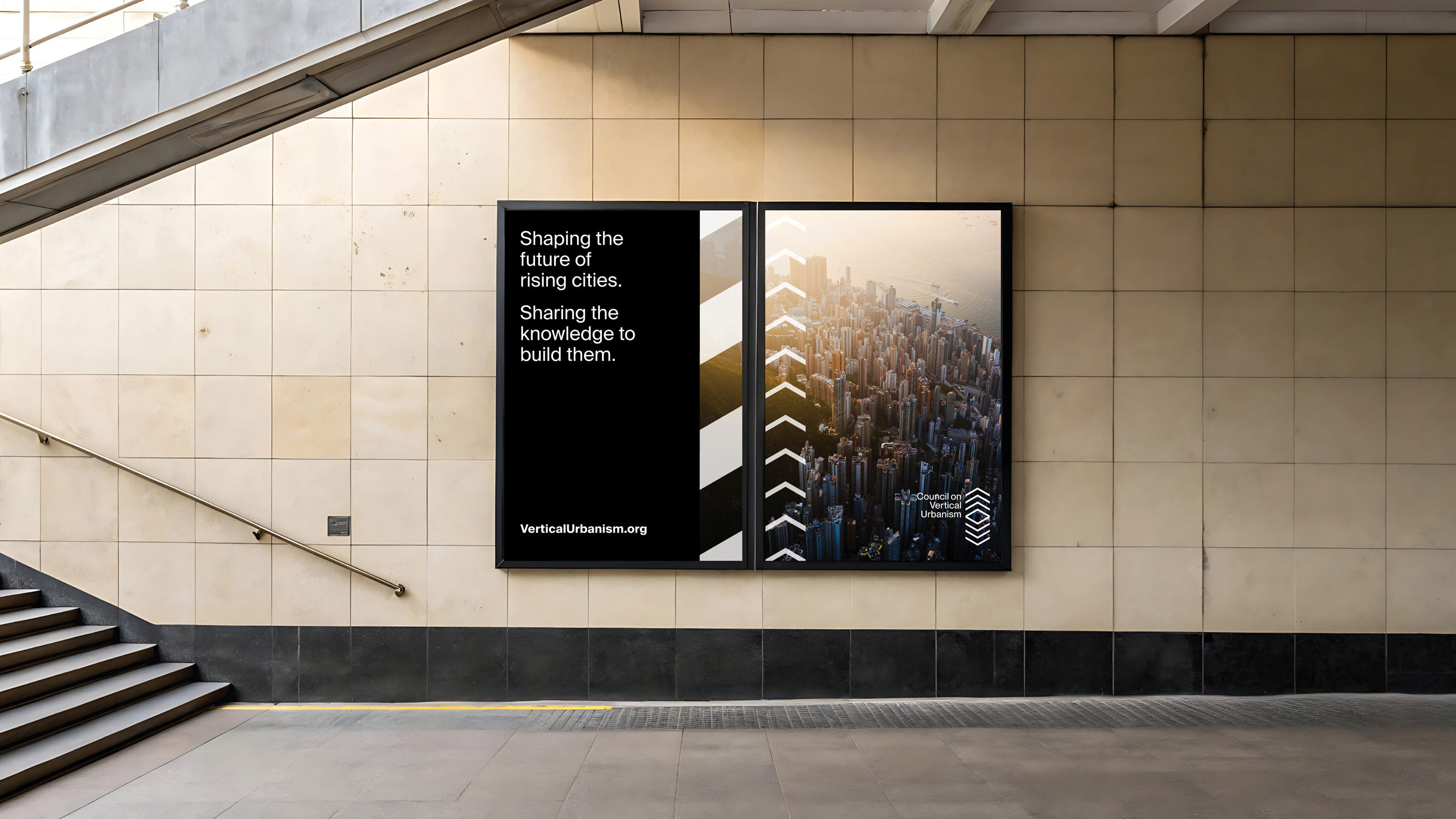
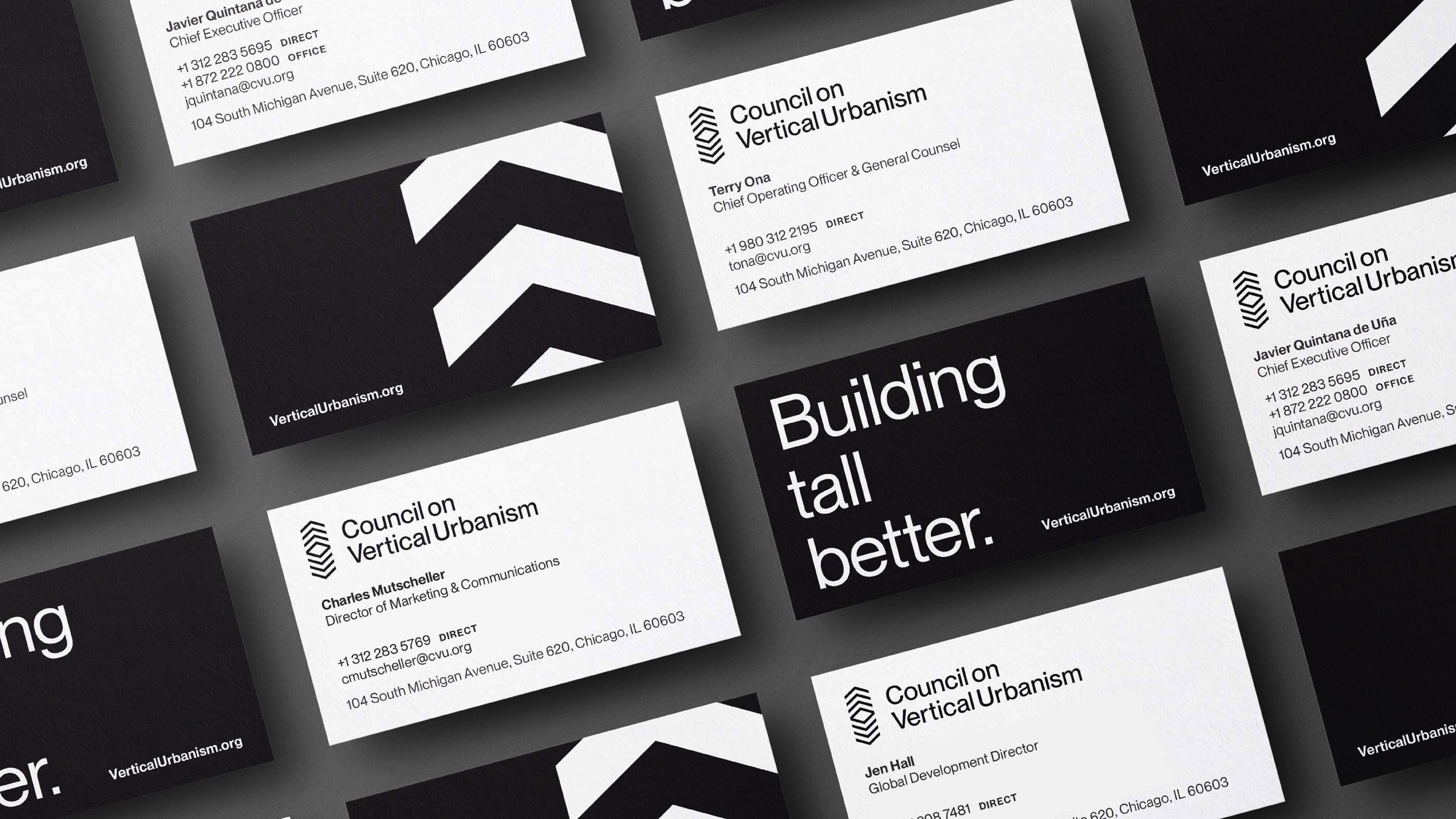
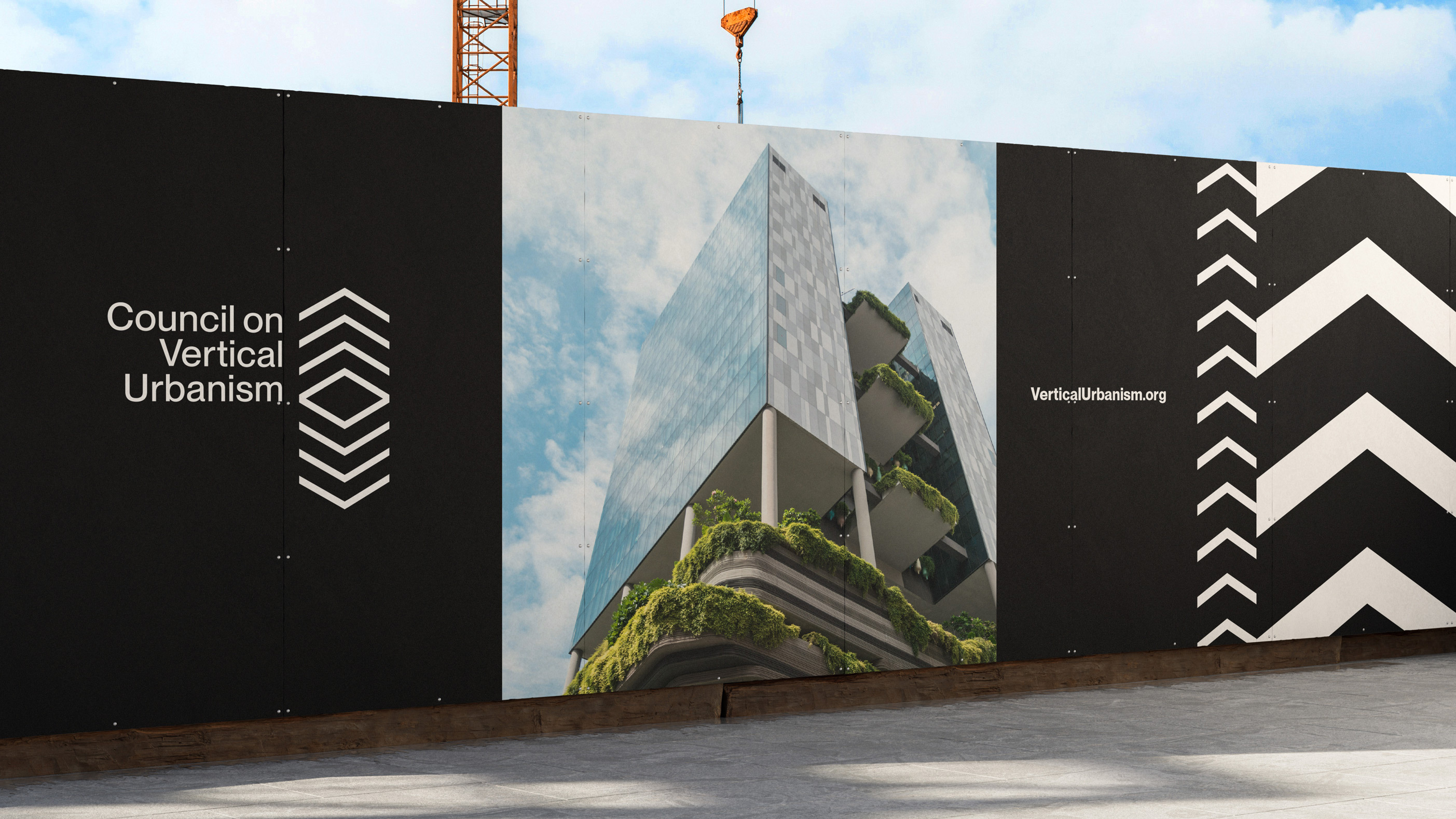
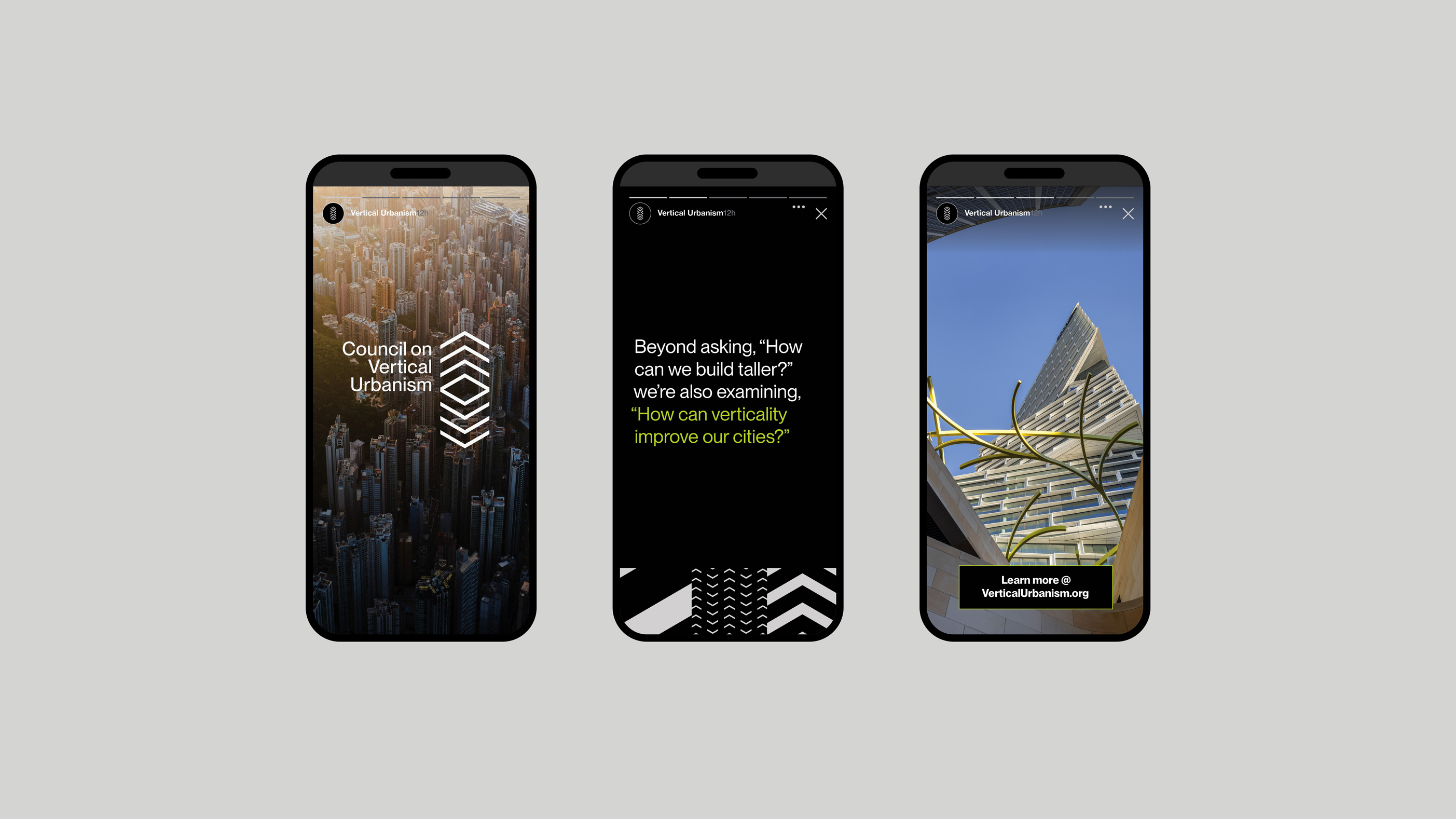
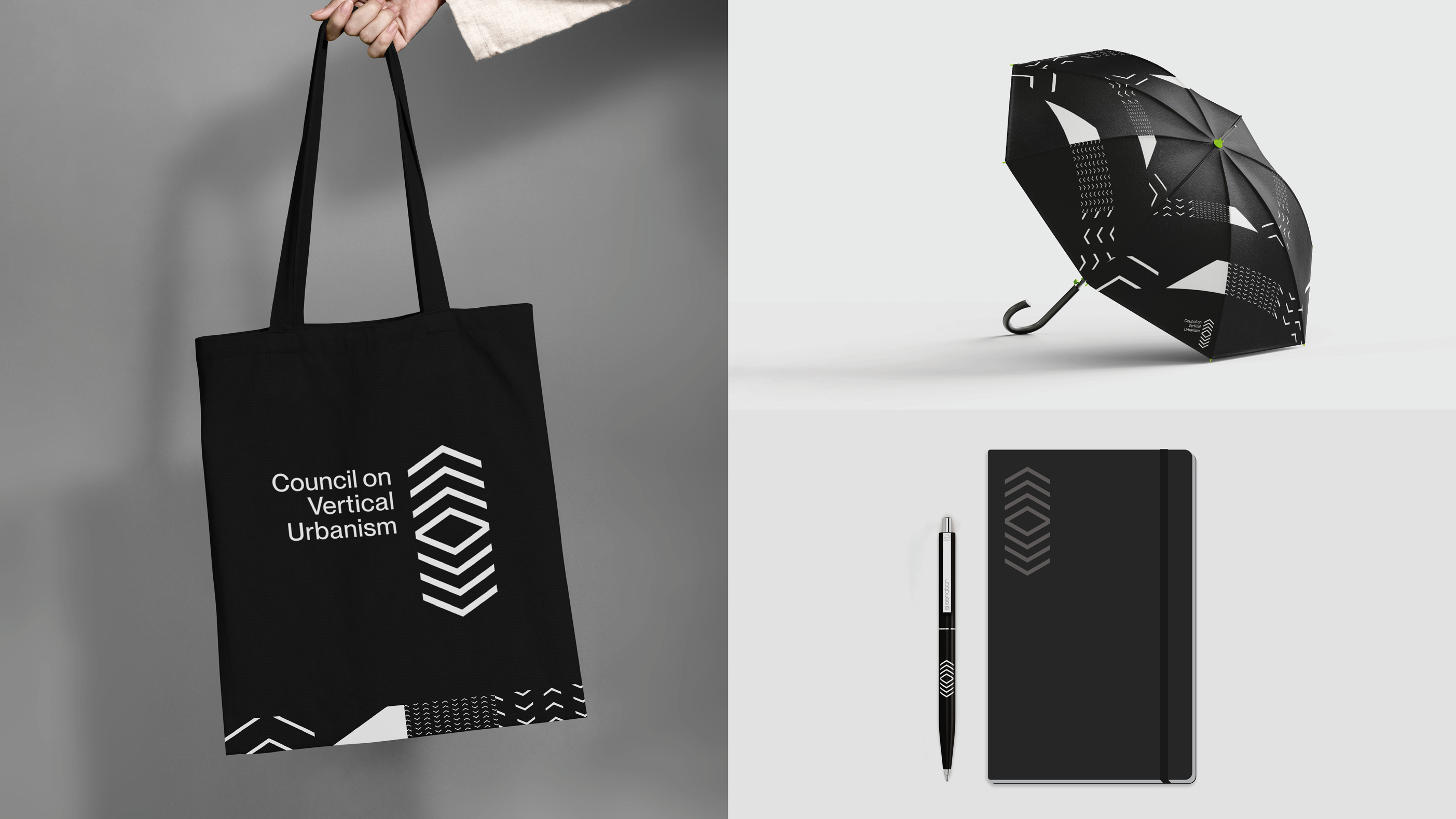
/
Our vision aspires to recognize and promote exceptional contributions in the realm of tall buildings and urban environments, with a deliberate emphasis on sustainability, livability, innovation, and improved human well-being.
We aim to deliver a nuanced perspective on architecture, urban spaces, transportation, community and cultural hubs, and other elements of the built environment, activating overarching enhancements for everyone.
Contact CVU